
| Red-Eye or Eastern Dusk-flat (previously known as Netrocoryne beata) PYRGINAE, HESPERIIDAE, HESPERIOIDEA | (donherbisonevans@yahoo.com) and Peter R. Samson & Stella Crossley |

early instar
(Photo: copyright Stewart Newman, Sydney, New South Wales)

| Red-Eye or Eastern Dusk-flat (previously known as Netrocoryne beata) PYRGINAE, HESPERIIDAE, HESPERIOIDEA | (donherbisonevans@yahoo.com) and Peter R. Samson & Stella Crossley |

early instar
(Photo: copyright Stewart Newman, Sydney, New South Wales)
The early instars of these Caterpillars are off-white. The head is large, brown or yellowish, and divided into two lobes.

Later instars become green and covered in pale dots. In the final instar: the two lobes of the head become divided by a dark vertial line.
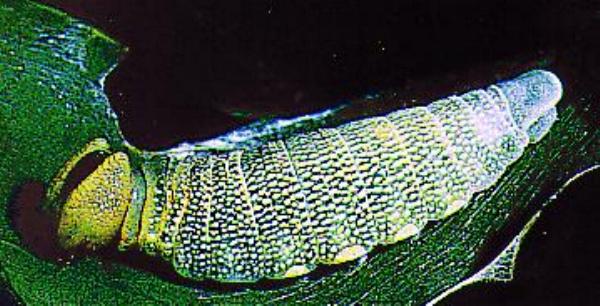
The caterpillars live in leafy shelters by day. Initially these are constructed from a cut piece of leaf folded over to make a triangular pocket. Later instars join two leaves together with silk. The caterpillars feed nocturnally on various trees, including :
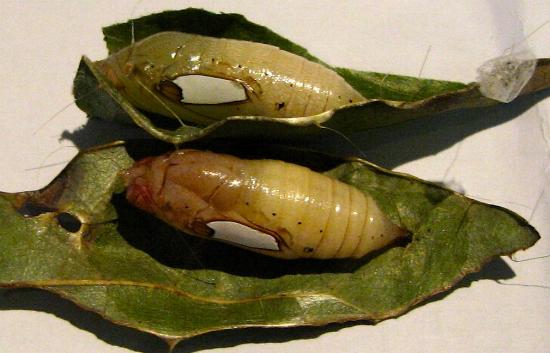
The pupa is green or brown with a white mark on each side outlined in black with brown markings at one end. it is typically formed in a curled leaf.
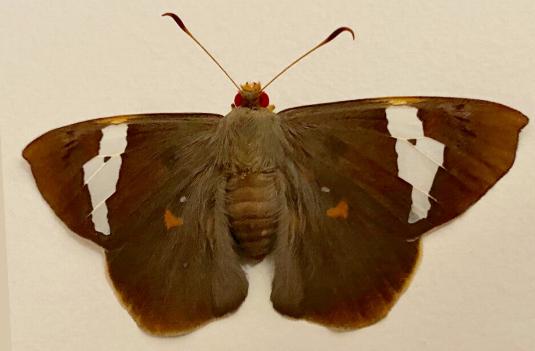
The adult butterflies are brown, with an irregular or broken white stripe across each forewing containing a brown dot. The hindwings may each have red and white spots.
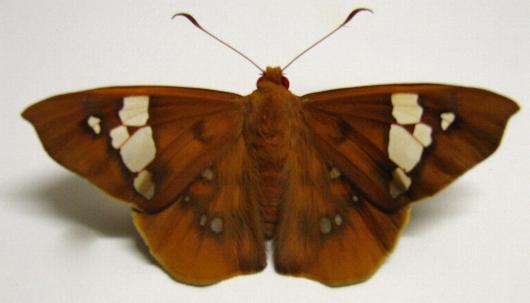
The males are slightly smaller, but have more white spots than the female. The wingspan of the adults is about 5 cms.
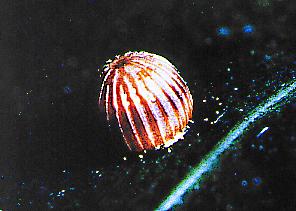
The eggs of this species are spherical and ribbed and laid singly on a leaf of a foodplant.
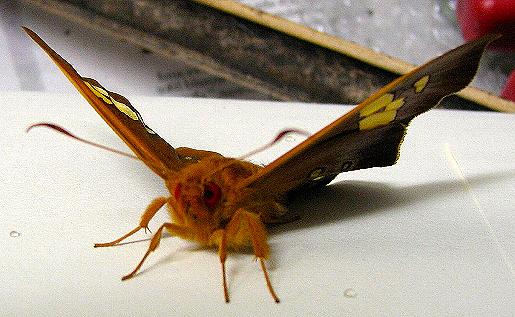
This species occurs in edges of the upland rainforest along the coast of
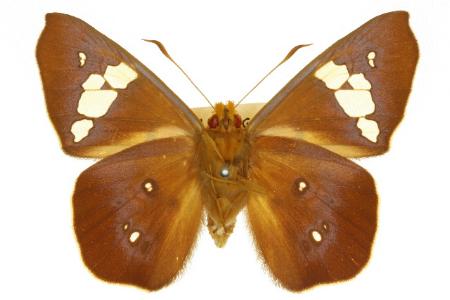
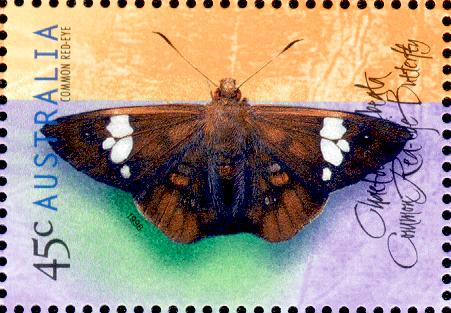
Further reading :
Michael F. Braby,
Butterflies of Australia,
CSIRO Publishing, Melbourne 2000, vol. 1, pp 65-66.
Frank Jordan & Helen Schwencke,
Create More Butterflies : a guide to 48 butterflies and their host-plants
Earthling Enterprises, Brisbane, 2005, pp. 17, 63, 67.
Oswald B. Lower,
Descriptions of New Australian Hesperiadae ,
Transactions of the Royal Society of South Australia,
Volume 32 (1908), pp. 315-316.
Buck Richardson,
Tropical Queensland Wildlife from Dusk to Dawn Science and Art,
LeapFrogOz, Kuranda, 2015, p. 232.
 caterpillar |  butterflies |  Lepidoptera |  moths |  caterpillar |
(updated 30 September 2010, 21 March 2025)